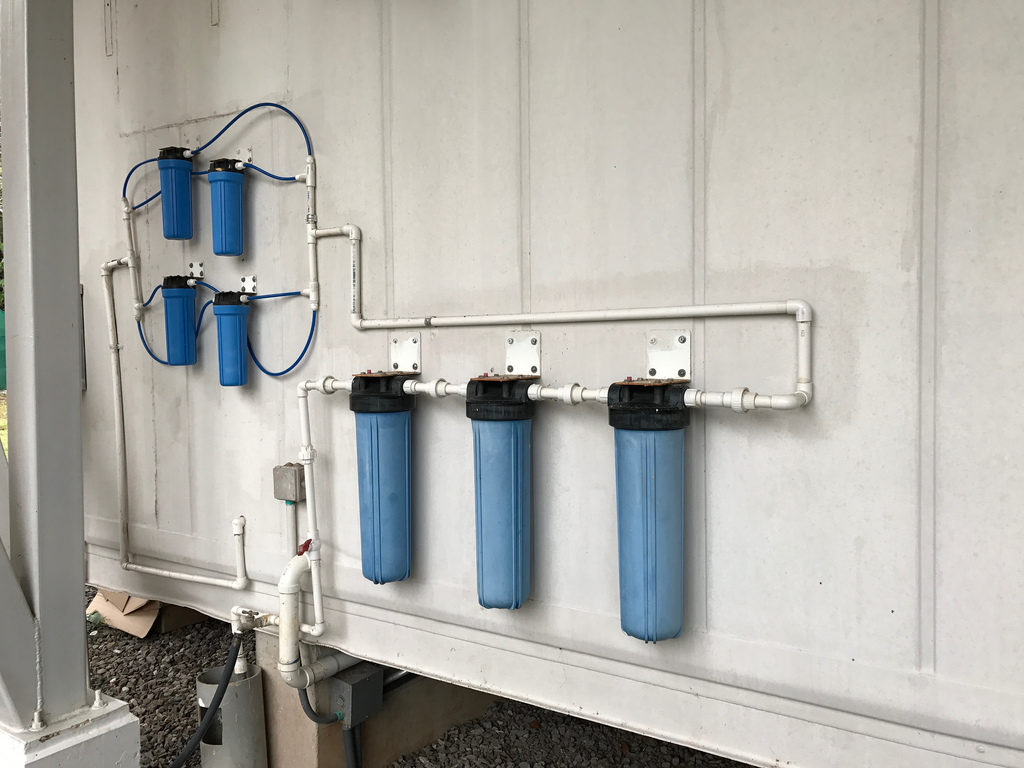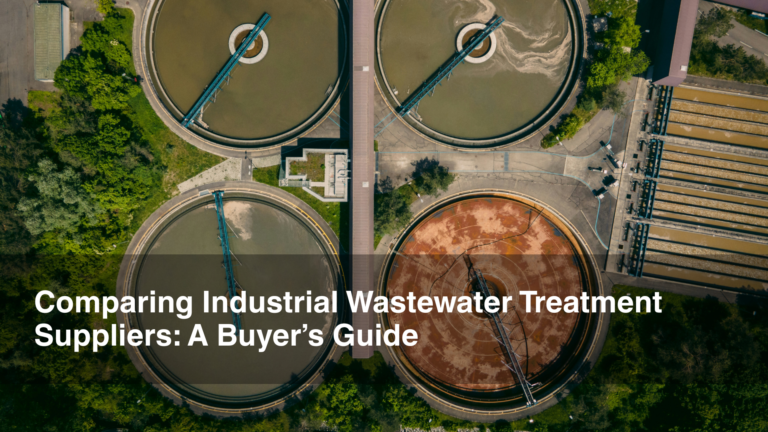Introduction
The beauty and skincare industry is booming, but breaking into it isn’t easy. New brands face a mountain of challenges: product development, manufacturing costs, quality control, safety standards, and intense competition. Fortunately, OEM (Original Equipment Manufacturer) and ODM (Original Design Manufacturer) cosmetics offer a powerful solution. These models enable small and emerging brands to enter the market quickly, cost-effectively, and professionally—without needing to build labs, hire chemists, or create products from scratch.
This article dives into the key benefits of OEM ODM cosmetics for startups and new beauty brands, helping you understand which model might work best for your goals and resources.
What Are OEM and ODM Cosmetics?
OEM cosmetics refer to products manufactured based on your brand’s unique formulation and design. In other words, you own the product idea, ingredients, and packaging details, while the manufacturer simply brings it to life at scale.
ODM cosmetics, on the other hand, are created by the manufacturer using their own formulations and product designs. As a brand, you simply choose a ready-made product, make minor customizations (such as packaging or fragrance), and sell it under your label.
Both options allow new brands to enter the beauty industry without needing their own production facilities or R&D departments.
Why Choose OEM Cosmetics?
One of the biggest advantages of OEM cosmetics is the ability to create a fully customized product that is completely yours. If your goal is to build a brand with a distinct identity, proprietary formulas, and a long-term vision, OEM is the ideal route.
Complete Customization
OEM allows you to control every detail of your product—from the ingredients and texture to the fragrance and packaging. This ensures your product aligns perfectly with your brand story and meets your specific quality or sustainability goals. Whether you want a cruelty-free serum, an organic lip balm, or a vegan foundation, OEM makes it possible to create exactly what you imagine.
Ownership and Exclusivity
Because you develop the formula, you own it. This gives your brand a serious competitive edge. No other company will have the same product, meaning you can promote it as a unique offering in the marketplace. Over time, you can build brand loyalty and even seek patent protection for your formulations.
Regulatory Compliance and Professional Standards
Reputable OEM manufacturers follow international standards such as GMP (Good Manufacturing Practice) and ISO certifications. They also assist in ensuring your product complies with regulations in target markets like the EU, US, or Asia. For emerging brands, this means you don’t need in-house experts to handle safety testing or compliance—your OEM partner handles it all.
Support for Long-Term Growth
OEM manufacturing is highly scalable. Once your product is developed and tested, production can ramp up quickly based on demand. If your brand takes off and you need to fulfill orders on a large scale, your OEM partner will already have the systems in place to support that growth.
Why Choose ODM Cosmetics?
ODM cosmetics offer a completely different advantage: speed and affordability. If you’re an emerging brand with limited funds and a desire to launch quickly, ODM is often the smarter choice.
Faster Time to Market
One of the most attractive benefits of ODM cosmetics is the fast turnaround. Since the manufacturer already has the formula, packaging design, and testing completed, you can launch your product in weeks rather than months. This is especially useful if you’re trying to ride a trend—such as K-beauty innovations or herbal skincare—and need to act fast.
Lower Initial Investment
Because you’re not developing the formula from scratch, ODM drastically reduces costs. You don’t need to hire a chemist, conduct stability testing, or pay for months of research. All of that has already been handled by the manufacturer. For new brands on a budget, this is a huge advantage.
Access to Proven Formulas
ODM manufacturers typically offer product lines that are already tested and proven in the market. This means you’re selecting from a catalog of cosmetics that are not only safe and compliant but also popular with consumers. You benefit from the manufacturer’s experience and market knowledge, which can increase your chances of success.
Custom Branding Options
While you won’t have full control over the formulation like in OEM, ODM cosmetics still allow you to customize the packaging, fragrance, and labeling. This gives you some degree of personalization so your product can reflect your brand’s visual identity and tone.
Which Is Better for Your Brand: OEM or ODM Cosmetics?
The choice between OEM and ODM cosmetics depends on several key factors, including your budget, timeline, vision, and level of experience in the beauty industry.
If your brand is built around a unique product idea or you aim to offer something entirely original, OEM cosmetics are the way to go. You’ll benefit from full control over the product and the ability to differentiate yourself in a crowded market. However, you’ll also need more time, money, and involvement in the process.
On the other hand, if you’re looking for a quick market entry, want to test an idea with minimal risk, or operate with limited resources, ODM cosmetics are ideal. You can choose from ready-made products, apply your branding, and start selling with confidence. This approach is especially useful for influencer-led brands, subscription boxes, or promotional lines.
There’s no one-size-fits-all answer. Some brands even start with ODM to test the market and later move into OEM once they’ve built a customer base and budget.
How to Get Started with OEM ODM Cosmetics
Whether you choose OEM or ODM cosmetics, the success of your product also depends on choosing the right manufacturing partner. Here are a few tips to get started:
Research Suppliers Thoroughly: Look for manufacturers with good reputations, certifications, and experience in the type of product you want to launch.
Request Samples: Always test products before placing large orders. For OEM, ask for sample formulations; for ODM, request product samples with custom packaging.
Ask About Minimum Order Quantities (MOQs): Some manufacturers require large MOQs that might not suit small brands. Choose partners that match your scale.
Discuss Regulatory Compliance: Ensure the manufacturer understands the regulations in your target market and will provide documentation such as MSDS and COA.
Clarify Ownership and Rights: For OEM, make sure you legally own the formula. For ODM, ensure you have the right to use their design under your brand.
Conclusion
OEM and ODM cosmetics offer powerful opportunities for emerging beauty brands to enter the market with confidence. OEM provides full creative control, brand ownership, and long-term scalability, while ODM offers a cost-effective, low-risk way to test products and respond to fast-moving trends.
By understanding the strengths of each model and aligning them with your goals, you can choose the right path to build a standout cosmetics brand in a competitive industry.







